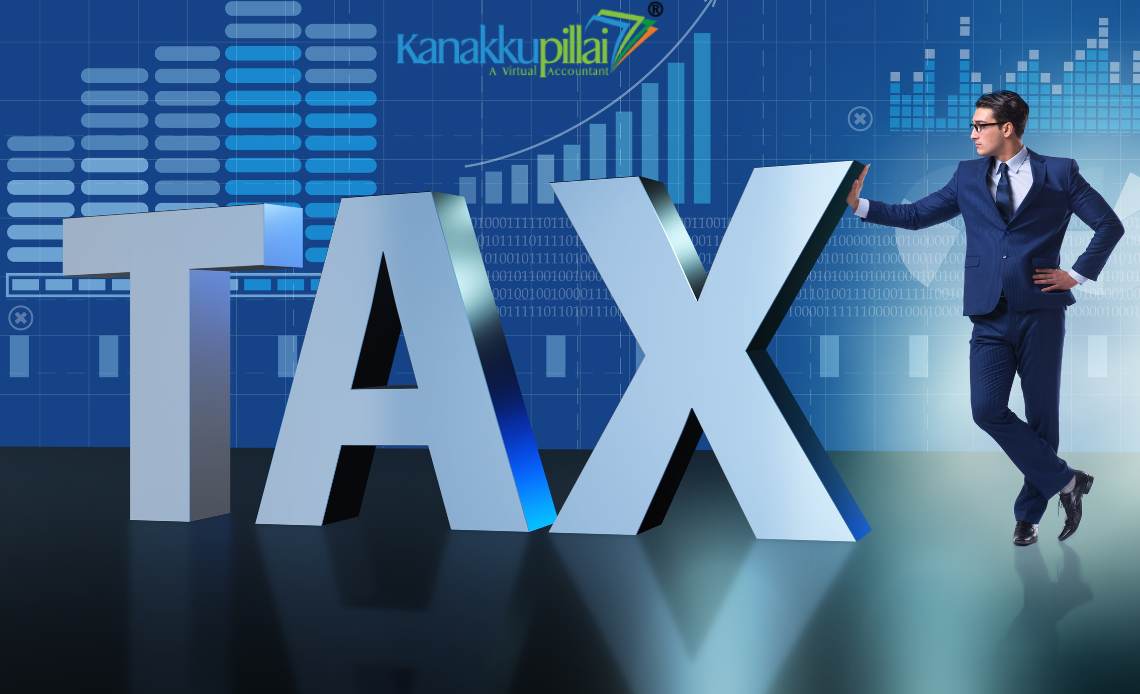Taxes are a big part of our lives—even if we don’t always think about them. From the salary we earn to the items we buy in stores, taxes are involved in many of our everyday actions. In India, the tax system is huge and sometimes feels confusing, but it plays a very important role in running the country. Let’s break it down and understand it in simple terms.
What is a Tax and Why Do We Pay It?
Taxes are money that people and businesses pay to the government. In return, the government uses this money to build roads, schools, hospitals, run trains, give subsidies, and provide many other services. Without taxes, the government wouldn’t have the money it needs to function.
Think of it like this: just as we pay a fee to watch a movie or take a bus ride, we pay taxes to enjoy the benefits of living in a functioning society.
Types of Taxes in India
India has two major types of taxes: Direct Taxes and Indirect Taxes.
1. Direct Taxes
These are taxes that we pay directly to the government. They are charged based on how much money a person or a company earns.
- Income Tax: If you earn more than a certain amount in a year, you have to pay a part of it to the government. The more you earn, the more tax you pay. This is called a progressive tax.
- Corporate Tax: Companies also pay tax on the profits they make.
- Capital Gains Tax: If you make money by selling property, stocks, or gold, you have to pay tax on that profit.
These taxes are managed by a government body called the Income Tax Department.
2. Indirect Taxes
These are taxes we pay indirectly when we buy goods or use services. We may not always notice them, but they are included in the price.
- Goods and Services Tax (GST): This is the most common indirect tax in India today. It replaced many older taxes and made the system simpler. For example, when you buy a mobile phone or eat at a restaurant, the GST is already added to your bill.
- Customs Duty: When goods come into India from another country, the government charges tax on them. This is called customs duty.
- Stamp Duty and Registration Fees: These are paid when you buy property.
GST is collected by both the Central Government and State Governments, depending on the type of transaction.
Who Collects and Manages Taxes?
India has two main tax authorities:
- Central Board of Direct Taxes (CBDT): Looks after income tax and other direct taxes.
- Central Board of Indirect Taxes and Customs (CBIC): Manages GST and customs duties.
These departments make the rules, collect taxes, and check if everyone is paying properly.
What Are Some Common Problems?
Even though India has made good progress in tax reforms, there are still some challenges:
- Low Taxpayers: Out of more than 1.4 billion people, only a small percentage actually pay income tax. Many people work in the informal sector, where income is not officially recorded.
- Tax Evasion: Some individuals and businesses try to hide their income or avoid paying taxes. This is illegal and affects the economy.
- Complicated Rules: While GST has helped simplify things, tax rules can still be confusing, especially for small businesses and new taxpayers.
- Too Many Disputes: There are lots of cases where taxpayers and the government disagree on how much tax is owed. These cases can drag on for years.
What’s Being Done to Improve the System?
The Indian government has made several efforts in recent years to make the tax system better, easier, and fairer:
- GST Reform: The introduction of GST in 2017 was one of the biggest tax reforms. It replaced many older taxes and created a single tax for the whole country. Though it had some initial problems, it is improving steadily.
- Faceless Assessments: Earlier, tax officers would meet people during assessments, which sometimes led to corruption. Now, most of it happens online with no face-to-face interaction.
- Tax Filing Made Easy: You can now file income tax returns online, and in many cases, the form is pre-filled with your income and other details.
- Lower Corporate Tax: To attract more businesses and foreign investment, India reduced its corporate tax rates in 2019.
- Vivad Se Vishwas Scheme: This was a way for people and companies to settle old tax disputes without going to court.
How Can We Make the System Better?
A good tax system is fair, simple, and makes everyone feel responsible. Here are some steps that can help:
- Widen the Tax Net: More people should be encouraged to come under the tax system, especially in the informal sector.
- Simplify GST: Reduce the number of GST slabs and make compliance easier for small businesses.
- Use Technology: Using data, AI, and automation can help spot tax fraud and make the system more efficient.
- Speedy Dispute Resolution: Set up fast-track systems for ease the resolving in faster manner the tax-related court cases.
- Awareness Campaigns: Many people don’t pay taxes simply because they don’t understand how. The government should run more campaigns to educate citizens.
Conclusion
The Indian tax system has come a long way, and the journey continues. Taxes are not just about paying money to the government—they are about building a better country for all. When citizens and the government work together, the system becomes stronger and more effective.
Paying taxes honestly is not just a duty; it’s a contribution to the development of our nation. With ongoing reforms and growing awareness, India is steadily moving toward a more modern, fair, and efficient tax system.





